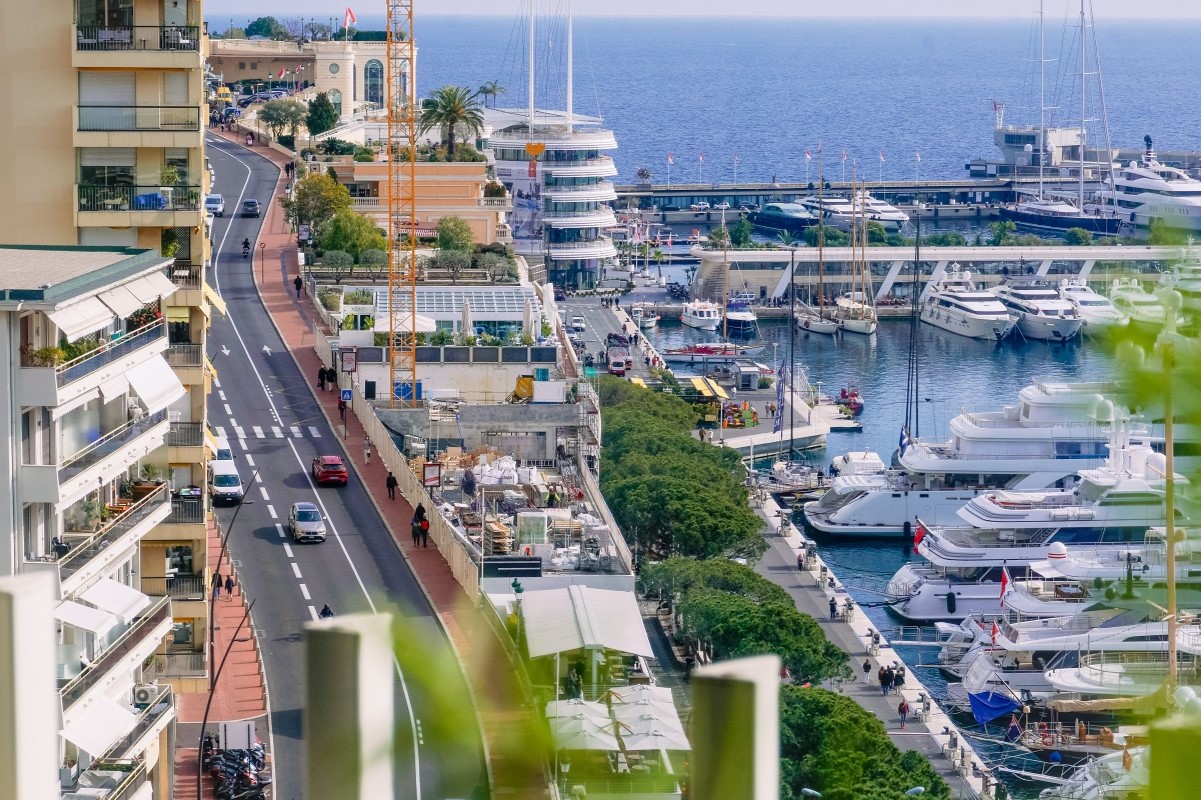The first-ever wholescale analysis of Monaco’s job market was a major undertaking given the fact that the vast majority of workers live outside of the Principality’s borders.
Monaco’s labour market is rather unique in that it draws on a workforce derived from sources both domestic and beyond its borders.
As such, certain traditional labour market indicators – unemployment rates, for example – can’t accurately be calculated. Nonetheless, the Principality’s statistical agency IMSEE has now put together a first-of-its-kind paper tracking the information it can gauge, and the report has thrown up some interesting figures.
25% more jobs in a decade
The total number of workers is nearly twice as high as the number of residents, with French and Italian employees making up the largest proportion of non-resident staff. Also, the salaried workforce, which mainly works in the private sector and most often for small companies, resides primarily outside of the Principality. Workers of Monegasque nationality are in the minority.
The study found that employment has increased by nearly 25% since 2013, equalling 14,000 extra jobs, with the main driver being the private sector, which has added 12,000 of these positions.
During the same 10-year period, payroll increased by 28% and the volume of hours worked by 17.3%.
Private sector
At the end of 2022, the Principality had 71,314 jobs; more than 65,000 of these were salaried positions. Nearly 6,200 of these were self-employed or entrepreneurs. This shows a healthy increase of 4.7% over the previous year.
The private sector employed 55,472 people at the end of 2022, who worked 97.5 million hours. They were broken down into nearly 34,000 men and over 21,500 women. In 2022, an employee in the private sector was 42.4 years old on average: 42.2 years old for women and 42.6 for men. This is up on 2013 figures, when the average age was 40.9. Nearly 80% of these workers live in the local French communities that are adjacent to Monaco.
Teleworkers are on the rise, with 4,324 private sector employees able to take advantage of this system. This is 25 times the number recorded in 2017. Those who work from home are split roughly evenly between men and women.
Public sector
The public sector has 5,047 employees, with men being slightly more present, holding 55.9% of these jobs, though the male-female balances vary by department. For example, the Department of Social Affairs and Health appears to be the most feminised with over 76% posts held by women, while the Department of Equipment, Environment and Town Planning is by far the one with the largest proportion of men: 80%.
Sign up for the Monaco Life newsletter. For the latest news, follow us on Facebook, Twitter, and Instagram.
Photo by Antoine Contenseau for Unsplash
